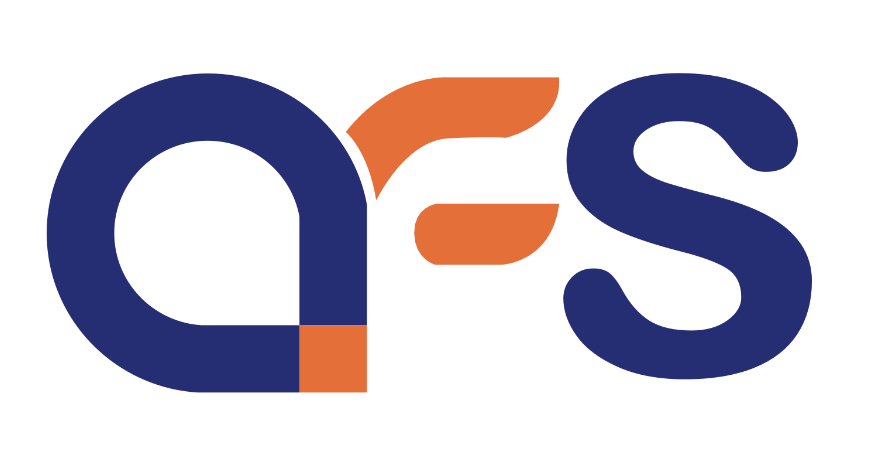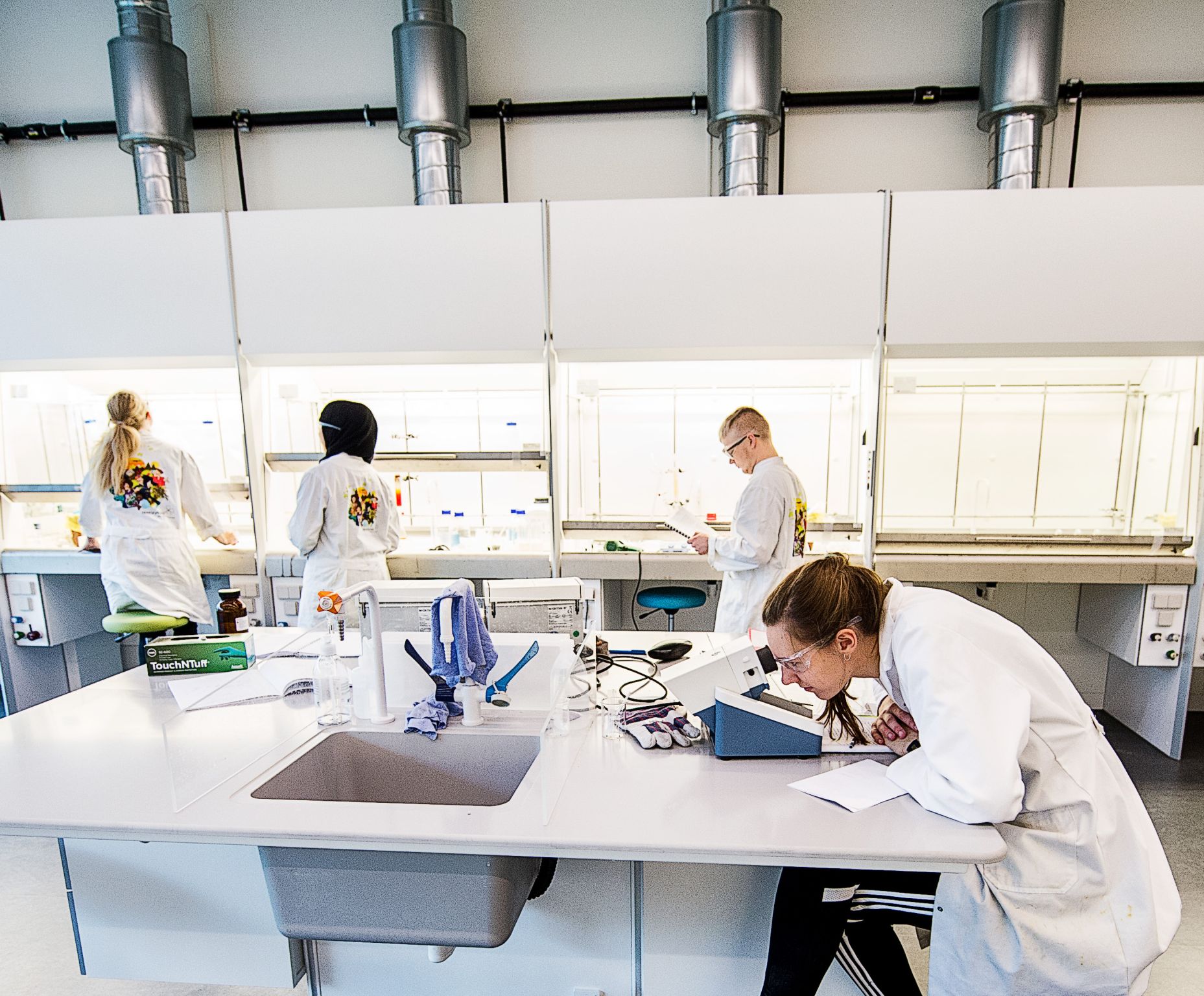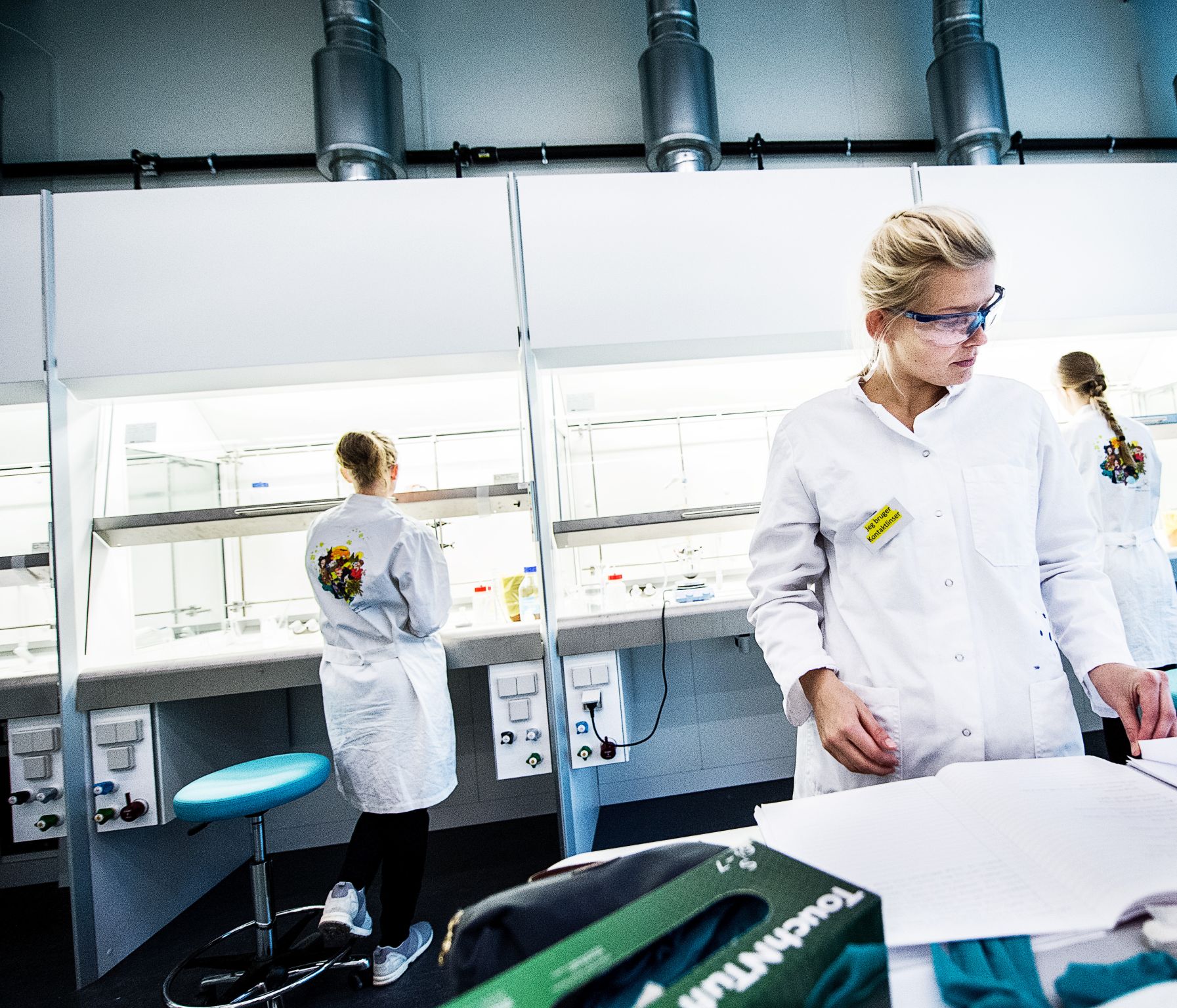Comprehensive Lab Solution/حلول مختبرية شاملة
-
Design and Consultation:
- Understanding the requirements: The first step involves consulting with the client to determine their specific laboratory needs, including the type of research or testing conducted, available space, safety considerations, and workflow requirements.
- Designing the layout: Professional designers create a customized laboratory layout that optimizes space utilization, workflow efficiency, and safety.
-
Furniture and Workstations:
- Lab benches and workstations: These are designed to accommodate various laboratory activities, such as experiments, sample preparation, and analysis.
- Cabinets and storage solutions: Turnkey solutions often include storage cabinets, drawers, and shelving units designed for the secure storage of laboratory equipment, chemicals, and samples.
-
Fume Hoods and Ventilation:
- Installation of fume hoods: Ensuring proper ventilation and fume extraction is crucial in a laboratory setting, and turnkey solutions often include the installation of fume hoods to maintain a safe working environment.
-
Safety Features:
- Safety considerations: Implementation of safety features such as emergency eyewash stations, fire extinguishers, and proper signage to comply with safety regulations.
-
Utilities and Services:
- Plumbing and electrical work: Installation of sinks, gas lines, electrical outlets, and other utility services required for the specific laboratory activities.
-
Material Selection:
- Choosing materials: Selection of materials that are resistant to chemicals, easy to clean, and meet the necessary safety standards for laboratory environments.
-
Compliance and Certification:
- Ensuring compliance: Adhering to local and international safety and quality standards for laboratory furniture.
- Certification: Obtaining necessary certifications to demonstrate that the laboratory furniture meets industry standards.
-
Installation and Commissioning:
- Professional installation: Experienced technicians handle the installation of all components to ensure they are properly set up and functional.
- Testing and commissioning: Verifying that all equipment and systems are working correctly and safely before handing over the laboratory to the client.
-
Training and Support:
- Training sessions: Providing training for laboratory staff on the proper use and maintenance of equipment.
- Ongoing support: Offering maintenance and support services to address any issues that may arise after installation





